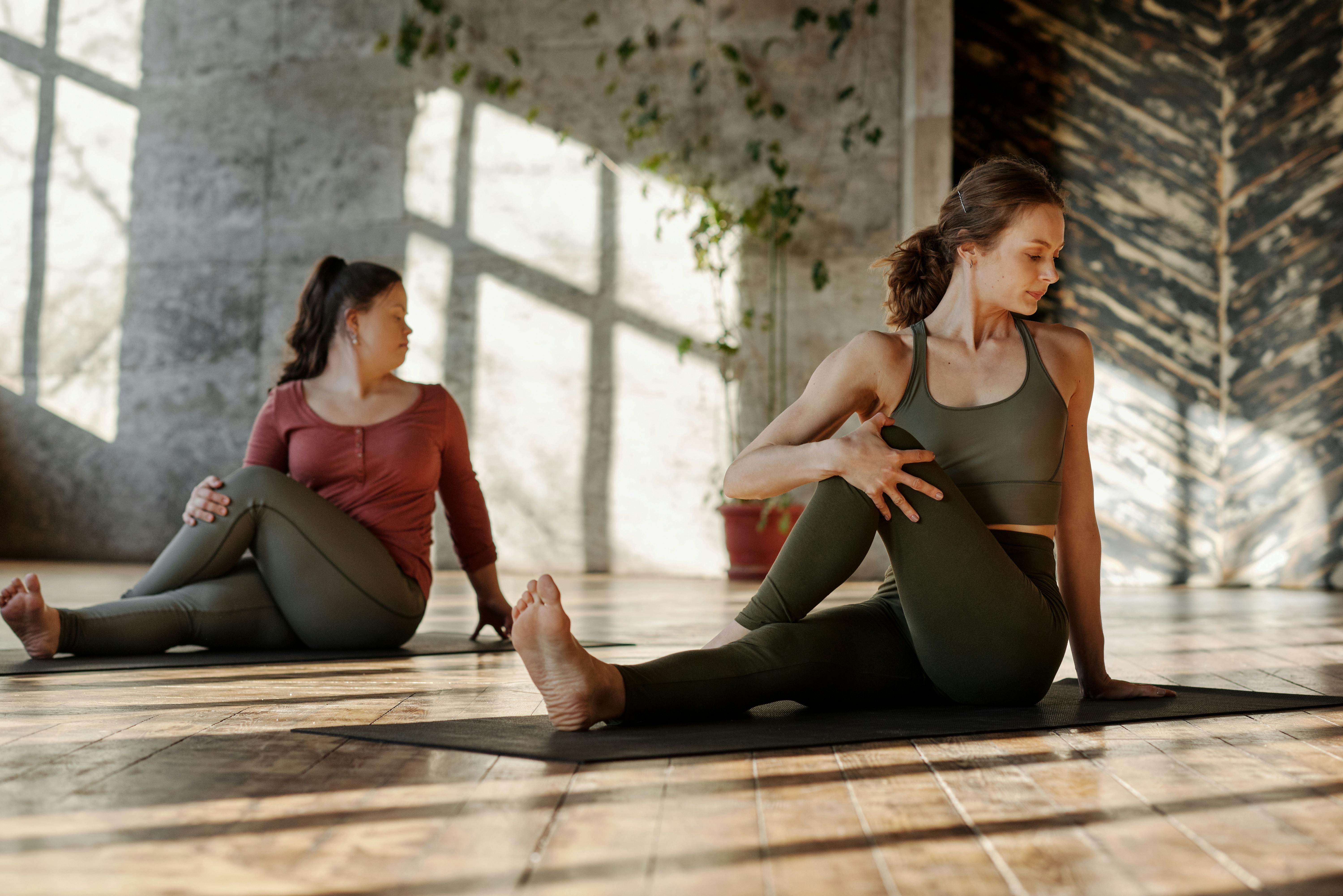Stretching Mistakes That Can Actually Harm Your Body

Stretching is often seen as a gentle, feel-good part of any workout routine — something most people do before or after exercise without much thought. But did you know that stretching the wrong way can actually do more harm than good?
Whether you’re warming up, cooling down, or just trying to increase flexibility, poor stretching habits can lead to muscle strains, joint damage, and delayed recovery. In this article, we break down the top stretching mistakes people make and how to fix them to protect your body.
Why Stretching Matters
Proper stretching can:
- Improve flexibility and range of motion
- Prevent injury
- Enhance athletic performance
- Reduce muscle soreness
But only when it’s done correctly.
Common Stretching Mistakes to Avoid
1. Stretching Cold Muscles
Jumping straight into static stretches without warming up is one of the biggest stretching mistakes. Cold muscles are less elastic, and stretching them can lead to strains or tears.
Fix: Always perform 5–10 minutes of light cardio (like jogging in place or jumping jacks) before stretching.

2. Holding a Stretch for Too Long Before a Workout
Long static stretches (over 30 seconds) can temporarily reduce muscle strength and performance if done before high-intensity workouts or sports.
Fix: Use dynamic stretches (movement-based, like arm circles or leg swings) before workouts and save long static stretches for post-exercise cooldowns.
3. Bouncing While Stretching
Bouncing — also known as ballistic stretching — can cause muscles to tighten rather than relax, increasing the risk of tears.
Fix: Hold each stretch steadily for 15–30 seconds. Breathe deeply and never force the movement.
4. Ignoring Proper Alignment
Bad posture or incorrect form during stretching can strain your joints, especially your spine, knees, and hips.
Fix: Engage your core, keep your spine neutral, and align your joints properly. Use a mirror or follow video guidance if needed.
5. Overstretching
Pushing your body into extreme positions or stretching beyond your natural range can lead to muscle and ligament injuries.
Fix: Stretch to the point of mild tension, not pain. With consistency, your flexibility will naturally improve over time.
6. Holding Your Breath
Breath-holding during stretching increases tension and reduces oxygen flow to muscles, making it harder to relax.
Fix: Inhale deeply before the stretch, then exhale slowly while holding it. Rhythmic breathing helps deepen the stretch safely.
7. Skipping Stretching Entirely
Many people skip stretching due to time or laziness — only to experience tightness, cramps, or poor posture later.
Fix: Make stretching a consistent part of your routine — even 5 minutes a day can make a huge difference in how your body feels.
Safe Stretching Guidelines
- Warm up first: Light cardio prepares muscles for stretching.
- Go slow: Never force a stretch or rush through it.
- Use support: Props like straps or blocks can aid proper form.
- Focus on posture: Engage your core to protect your spine.
- Be consistent: Daily short sessions are better than occasional long ones.
Stretching Types and When to Use Them
| Type | Best For | When to Use |
|---|---|---|
| Dynamic Stretching | Warm-ups, sports, movement prep | Before a workout |
| Static Stretching | Flexibility, muscle recovery | After a workout or during rest days |
| PNF Stretching | Advanced flexibility training | With a partner or therapist |
Internal Links from Body Domain
- Top 5 Beginner Workouts to Build Full-Body Strength at Home
- Foods That Naturally Reduce Inflammation in the Body
- Best Vitamins and Minerals to Keep Your Body Strong
Sample Safe Stretching Routine (Post-Workout)
- Hamstring Stretch: Sit and reach for your toes — hold for 20–30 seconds
- Quad Stretch: Stand, grab your foot behind you — 15–20 seconds per leg
- Chest Opener: Clasp hands behind back and lift — hold 20 seconds
- Child’s Pose: Sit back onto heels with arms extended — hold for 30 seconds
- Neck Rolls: Slowly roll head side to side — 3 reps each direction

FAQ
1. Is it okay to stretch every day?
Yes. Gentle daily stretching can improve mobility and reduce tightness. Just avoid overstretching sore muscles.
2. How long should I hold each stretch?
15–30 seconds is ideal for static stretches. Repeat 2–3 times per muscle group for best results.
3. What’s better — stretching before or after workouts?
Use dynamic stretches before and static stretches after workouts. This combo improves performance and recovery.
Image Credits: All images sourced from Pexels.com (Free for commercial use)

Leave a Reply